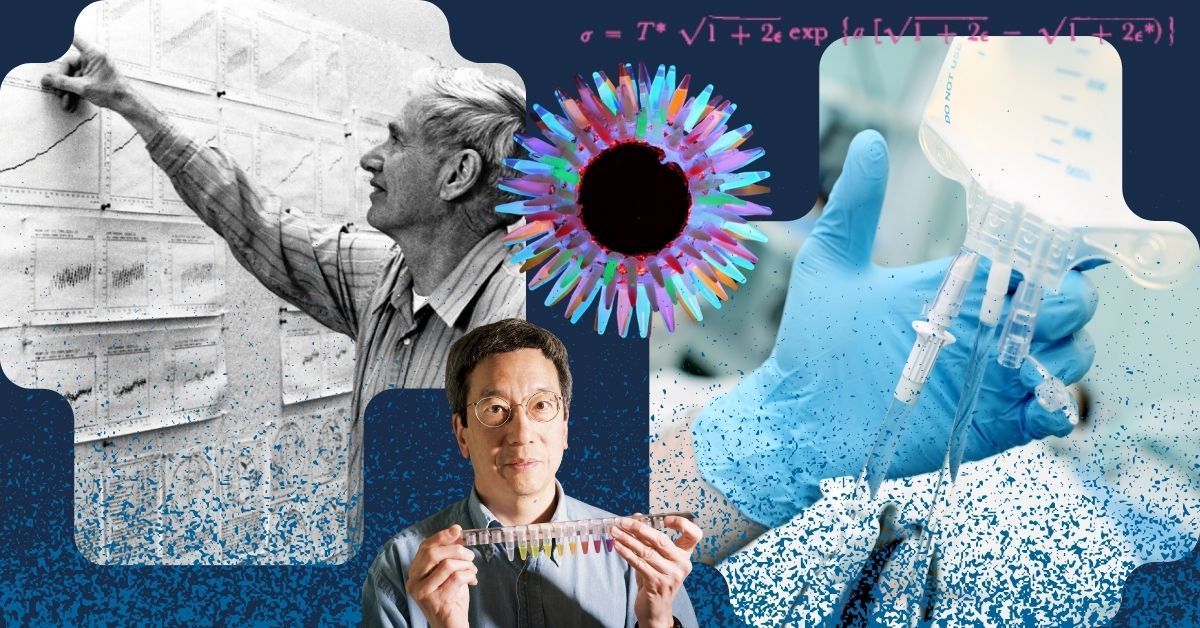7 UC San Diego Discoveries That Changed the World
Published Date
Article Content
It starts with a spark of curiosity.
Can the damage caused by a stroke be reversed? How is the atmosphere changing over time? Could seeing inside living cells lead to better treatments?
At UC San Diego, questions like these have guided decades of research. Some of the answers have changed how doctors treat patients or how buildings are designed. Others have helped scientists better understand how the body and brain work. And much of the research is ongoing—building on earlier findings and carried out through collaboration across disciplines.
The following represent just seven of the many influential discoveries to emerge from UC San Diego—research that has shaped entire fields and continues to inform science, medicine and policy today.
Not every question leads to a breakthrough, but when it does, the impact can be far-reaching. And without federal funding, advances like these might never have happened:
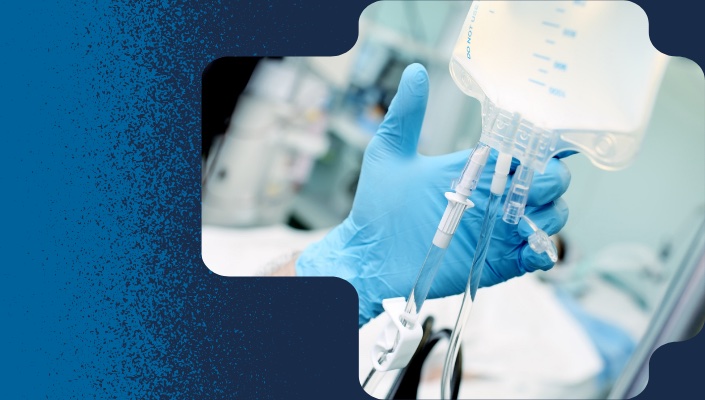
1.The first approved treatment for ischemic stroke
Every 40 seconds, someone in the U.S. has a stroke—a medical emergency that can happen to anyone, and for decades had no effective treatment. That began to change in the 1990s, when researchers at UC San Diego found that intravenous tPA, a clot-dissolving drug, could restore blood flow to the brain, reduce long-term damage and significantly improve survival when given soon after symptoms appear. The research, led by Dr. Justin Zivin in the School of Medicine, provided early evidence that tPA—originally developed to treat heart attacks—could also be effective for stroke.
UC San Diego played a central role in the NIH-sponsored clinical trials that led to tPA’s FDA approval in 1996—a turning point that reshaped how stroke is treated in emergency settings. Today, tPA remains the global standard for ischemic stroke. Researchers here continue to push the field forward—advancing diagnosis, improving treatment strategies and shaping clinical protocols, backed in part by federal support.
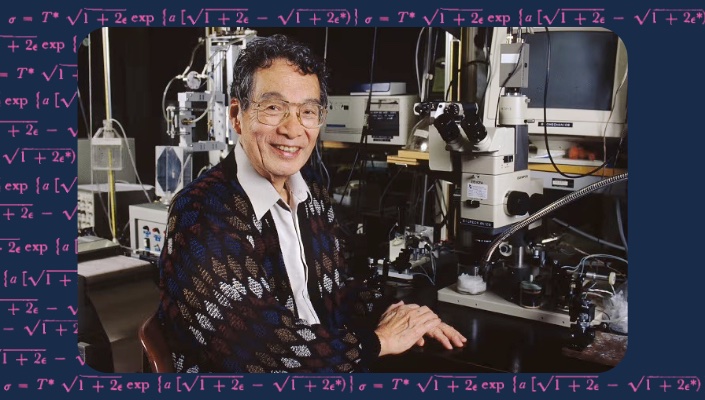
2.The equation that revolutionized biomechanics and safety design
In the late 1960s, UC San Diego researcher Y.C. “Bert” Fung—widely known as the father of biomechanics—introduced a new way to think about how the body responds to physical stress. Working at the intersection of engineering and medicine, he showed that soft tissues like skin, muscle and blood vessels don’t behave like conventional materials. Instead of stretching in a linear way, they stiffen gradually, following an exponential curve—a breakthrough that became known as Fung’s Law.
With early support from the Department of Defense, Fung’s work provided the mathematical foundation for the field of biomechanics, reshaping how scientists approach injury prevention, tissue repair and more. In 2000, he became the first bioengineer to receive the National Medal of Science. Today, the principles behind Fung’s Law continue to inform technologies such as artificial skin grafts, heart valves, wireless health monitors and vehicle safety systems—innovations that depend on a precise understanding of how the body responds to force.
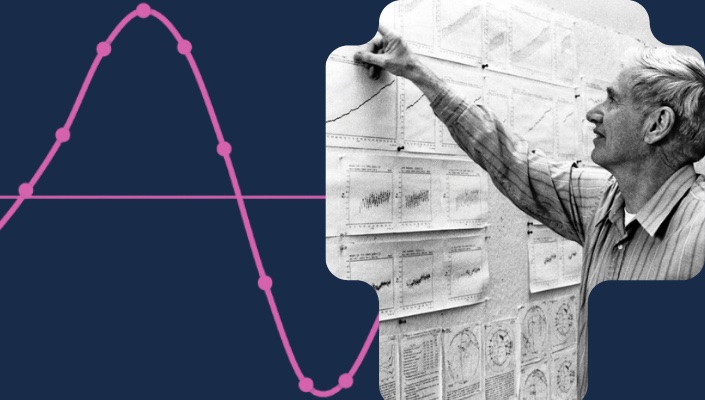
3.The data that proved CO² levels are rising globally
The Keeling Curve is one of the most important datasets in environmental science—a daily record of atmospheric carbon dioxide levels that has provided clear, continuous evidence of how human activity is altering the planet. It began in 1958 at Scripps Institution of Oceanography, when geochemist Charles David Keeling installed an infrared gas analyzer at the Mauna Loa Observatory in Hawaii. His measurements produced a record consistent enough to reveal year-over-year increases in atmospheric carbon dioxide, laying the groundwork for what is now a cornerstone of climate research.
Results were striking. CO² levels weren’t just fluctuating with the seasons but were climbing steadily each year. That upward trend continues to this day and has become a defining symbol of the human impact on Earth’s atmosphere. Today, the program is led by his son, geoscientist Ralph Keeling, and remains based at Scripps. Backed by decades of federal support from the National Oceanic and Atmospheric Administration (NOAA), the Keeling Curve continues to serve as a foundational dataset for scientists worldwide, shaping research, policy and public understanding of the planet’s changing atmosphere.
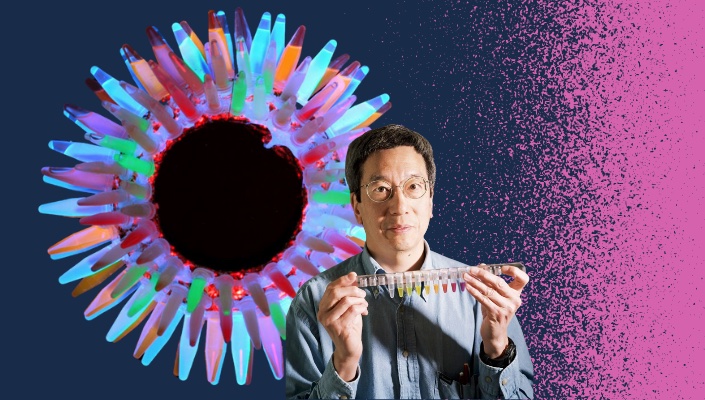
4.The glowing protein that transformed biomedical research
The faint glow of a jellyfish revealed a molecule that would change science. Known as green fluorescent protein (GFP), it gave researchers a powerful way to explore the living world from the inside out—shedding light on gene expression, cancer growth and the brain’s complex circuitry.
At UC San Diego in the 1990s, biochemist Roger Tsien transformed this discovery into one of the most powerful tools in modern science and medicine. Backed in part by funding from the National Institutes of Health (NIH), he made GFP glow more brightly and reliably, then expanded its range into a full palette of colors. In the lab, scientists use fluorescent proteins to tag and illuminate specific cells or proteins, allowing them to track biological activity in real time. “I’ve always been attracted to colors,” Tsien once told The San Diego Union-Tribune. “If I had been born color-blind, I probably never would have gone into this.”
Today, fluorescent proteins are essential tools in life sciences laboratories worldwide, revolutionizing how researchers study living systems and accelerating advances in fields from genetics to drug development. For this work, Tsien was awarded the 2008 Nobel Prize in Chemistry.
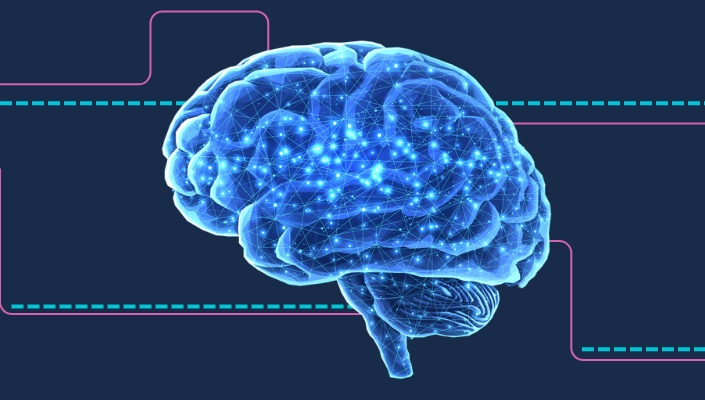
5.The cognitive model that laid the foundation for AI
Decades before ChatGPT became a household name, researchers at UC San Diego were exploring how the brain learns and recognizes patterns. In the late 1970s and early 1980s, British-Canadian scientist Geoffrey Hinton—now known as the “godfather of AI”—conducted postdoctoral research and served as a visiting scholar at UC San Diego, collaborating with David Rumelhart and James McClelland in the Department of Psychology to better understand how humans process language and acquire knowledge.
Their collaboration produced the Parallel Distributed Processing (PDP) framework, also known as “connectionism,” a cognitive and computational model which proposes better and faster information processing with networks of simple, interconnected processing units working together—much like neurons in the brain. This framework became the foundation for modern neural networks, including the large language models that power ChatGPT.
With federal support, the team also introduced the backpropagation algorithm, a critical advance that remains central to how AI systems learn from vast datasets to generate human-like responses. In 2024, their pivotal contributions were recognized with the Golden Goose Award, and Hinton was awarded the Nobel Prize in Physics for his pioneering work in artificial intelligence.
Hinton also co-developed the influential concept of Boltzmann machines—a type of neural network that models how the brain might process uncertainty—with Terrence Sejnowski, a leading computational neurobiologist at UC San Diego and the Salk Institute. This work further shaped the neural architectures that underpin today’s AI.

6.The shake table advancing global earthquake resilience
When buildings shake on the UC San Diego shake table, the results ripple far beyond the test site. For more than 20 years, this National Science Foundation-funded earthquake simulator—the largest outdoor facility of its kind—has transformed how structures are designed and built to withstand powerful quakes.
Research at the shake table, which is part of the Englekirk Structural Engineering Center, has directly influenced building codes and safety standards worldwide. Full-scale tests have led to new retrofit guidelines for thousands of vulnerable homes in San Francisco and Los Angeles. They’ve resulted in stronger design requirements for elevators, stairways and facades—critical systems that help people evacuate safely during disasters. The work also has improved assessment and retrofit strategies for older buildings with weak concrete frames and unreinforced brick walls, making these historically vulnerable structures more resilient. And shake table findings have informed new construction standards for parking structures, preventing the kinds of collapses seen in past California earthquakes. By recreating the most destructive quakes in modern history, UC San Diego structural engineers have made everyday buildings—and the people who rely on them—safer in the face of future disasters.
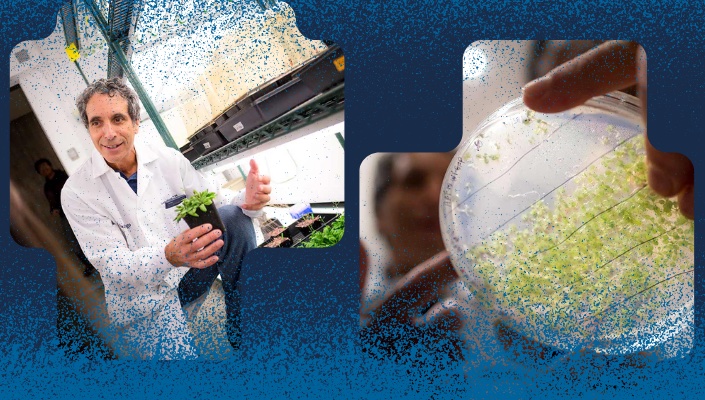
7. The shatterproof seeds behind a healthier cooking oil
Sometimes, a question asked in a laboratory grows into an innovation that reaches farms and kitchens around the world. In the 1990s, with support from the National Science Foundation, plant biologist Marty Yanofsky and his team at UC San Diego uncovered the genes that control seed dispersal—a breakthrough that solved the costly problem of pod shattering in canola, one of the world’s most important vegetable oils.
Commercialized through a partnership with BASF, the technology enables farmers to maximize yields without expanding farmland, helping reduce environmental impact while meeting rising food demands. Today, this innovation supports a multibillion-dollar industry, a more sustainable agricultural future and a healthier cooking oil found in kitchens around the world—demonstrating how basic science can lead to practical solutions for feeding a growing population while conserving natural resources.
Share This:
You May Also Like
Stay in the Know
Keep up with all the latest from UC San Diego. Subscribe to the newsletter today.
